Home>diy>Building & Construction>When Did The Construction On The Eiffel Tower Started?
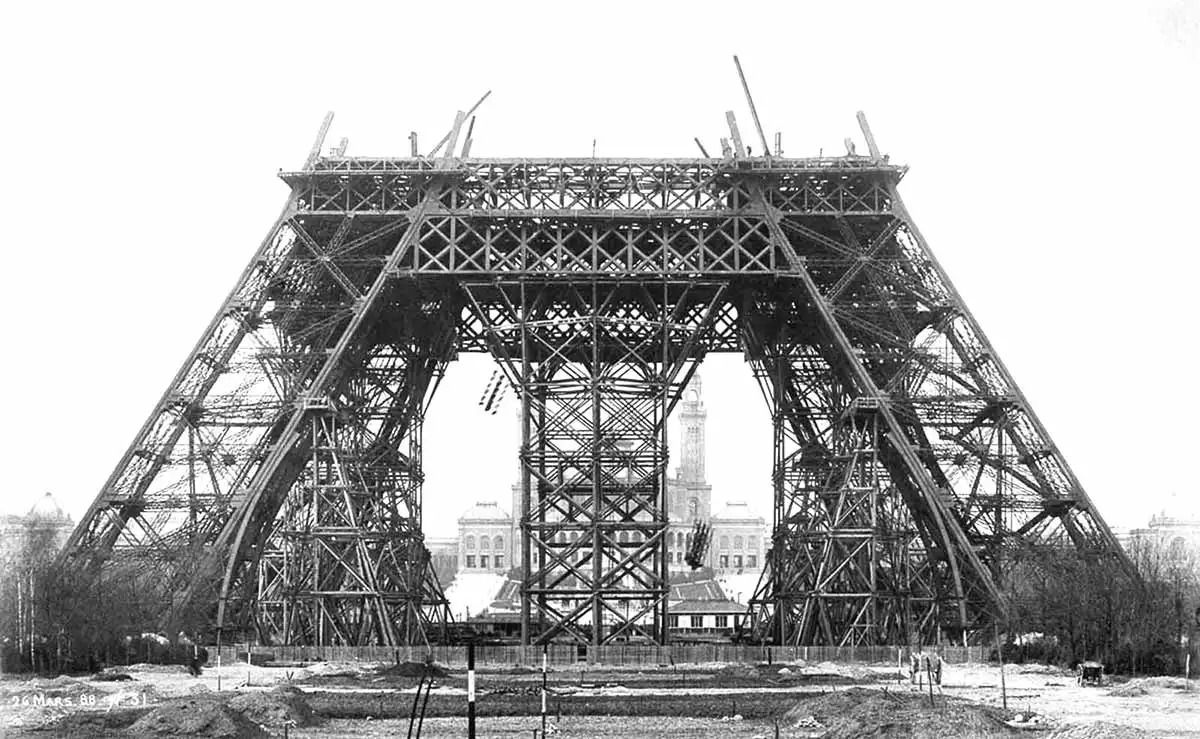

Building & Construction
When Did The Construction On The Eiffel Tower Started?
Modified: December 7, 2023
Discover the fascinating history of the Eiffel Tower's building construction. Find out when the construction on this iconic landmark began and how it shaped the Parisian skyline.
(Many of the links in this article redirect to a specific reviewed product. Your purchase of these products through affiliate links helps to generate commission for Storables.com, at no extra cost. Learn more)
Introduction
Welcome to the fascinating world of construction and engineering! In this article, we will dive into the rich history of one of the most iconic structures in the world – the Eiffel Tower. Stand in awe as we uncover the mysteries behind the construction of this magnificent landmark and explore the challenges faced by its builders.
The Eiffel Tower, standing tall in the heart of Paris, France, is not just a symbol of the city, but also an engineering marvel that has captivated millions of visitors since its completion. This grand structure has become an enduring symbol of art, architecture, and ingenuity.
So, how did this extraordinary project come to life? What were the challenges faced by the architects and construction workers? Join us as we embark on a journey through time and uncover the fascinating story behind the construction of the Eiffel Tower.
Key Takeaways:
- The construction of the Eiffel Tower began on January 28, 1887, and was completed on March 15, 1889, marking a monumental feat in engineering and human achievement.
- The Eiffel Tower’s construction faced challenges such as logistical hurdles, working at great heights, and ensuring precision, showcasing the unwavering determination and innovative spirit of its builders.
History of the Eiffel Tower
The idea for the Eiffel Tower was conceived as part of preparations for the 1889 Exposition Universelle, a world fair held in Paris to celebrate the 100th anniversary of the French Revolution. Renowned architect Gustave Eiffel was appointed to design a centerpiece for the exhibition that would showcase France’s expertise in engineering and construction.
Eiffel, along with engineer Maurice Koechlin and architect Émile Nouguier, developed initial plans for a towering iron structure that would surpass any other in existence. The design, originally met with skepticism, gradually gained support as its potential benefits and visual appeal became evident.
The tower’s construction took place between 1887 and 1889. A team of over 300 ironworkers, led by Eiffel himself, labored tirelessly to bring his vision to life. The construction process was not only a remarkable engineering feat, but also a display of impeccable precision and coordination.
It is important to note that the Eiffel Tower was initially met with mixed reactions from the public. Some viewed it as an eyesore, while others saw it as a symbol of progress and innovation. Regardless of the initial opinions, the Eiffel Tower gradually became an integral part of the Parisian landscape and an internationally recognized icon.
Over the years, the Eiffel Tower has undergone numerous renovations and upgrades to ensure its structural integrity and enhance the overall visitor experience. Today, it stands not only as a testament to the ingenuity and perseverance of its builders but also as a cherished symbol of Paris and a beacon of architectural brilliance.
Design and Architecture of the Eiffel Tower
The Eiffel Tower is a marvel of engineering and a testament to the genius of Gustave Eiffel and his team. Its design and architecture showcase a harmonious blend of aesthetics and functionality.
The tower stands at a height of 324 meters (1,063 feet) and consists of three distinct sections. The base is a square shape measuring 125 meters (410 feet) on each side. As it rises, the tower gradually tapers, forming an elegant and graceful silhouette.
The Eiffel Tower is primarily constructed of iron, with wrought iron used for the structural elements. Over 18,000 individual iron pieces were prefabricated and then assembled on-site. Each piece was meticulously crafted to fit together seamlessly, ensuring the tower’s stability and long-lasting durability.
One of the striking features of the Eiffel Tower is its lattice-like structure. The use of diagonal braces not only enhances the tower’s stability but also creates a distinctive and visually captivating pattern. This lattice design allows wind to pass through the tower, minimizing its effect on the structure.
At the top of the tower, there is an observation deck that offers breathtaking views of the city of Paris. This platform was designed to allow visitors to admire the cityscape while providing a safe and secure environment.
Another notable aspect of the Eiffel Tower’s design is the use of arches and curves. These elements lend an artistic and elegant touch to the structure, setting it apart from other contemporary constructions.
The architectural prowess displayed in the Eiffel Tower’s design is not limited to its exterior. The interior spaces, including the different observation decks and restaurants, have been carefully planned and designed to ensure comfort and accessibility for visitors.
Overall, the design and architecture of the Eiffel Tower combine structural excellence with artistic beauty, making it a true masterpiece of engineering.
Beginnings of Construction
With the design finalized and the necessary permits secured, the construction of the Eiffel Tower commenced in 1887. The first step involved preparing the construction site on the Champ de Mars, a large public greenspace in Paris.
The construction process began with the installation of the tower’s foundation. To ensure stability, deep concrete footings were laid, reaching depths of over 2.5 meters (8 feet). These footings provided a solid base for the immense weight of the iron structure that would rise above.
Once the foundation was in place, the assembly of the tower’s iron framework began. Over 18,000 individual iron pieces, ranging in size from small bolts to massive girders, were transported to the construction site and hoisted into position.
The construction team, led by Gustave Eiffel himself, employed innovative construction techniques to erect the tower. A system of pulleys and cranes, powered by steam engines, aided in the lifting and positioning of the heavy iron components.
Working at great heights was a daunting task, but the construction workers were equipped with safety harnesses and other safety measures to mitigate the risks. Despite the challenges, the construction progressed swiftly, and the tower started taking shape.
As the tower grew taller, the views from its ascending levels began to reveal the beauty of Paris. This further fueled the excitement surrounding the construction, both among the workers and the people of Paris.
It is important to mention that the construction process also required precise calculations and measurements. The intricate lattice structure of the tower demanded careful attention to ensure that each iron component fit together perfectly. The precision and accuracy displayed by the construction team is a testament to their skill and dedication.
As the construction continued, the Eiffel Tower became an increasingly familiar sight on the Parisian skyline, capturing the imagination of those who witnessed its rise.
Though not without its set of challenges, the construction of the Eiffel Tower was a testament to the innovative spirit and engineering prowess of Gustave Eiffel and his team.
Next, let’s explore some of the specific challenges faced by the construction team during the building process.
The construction on the Eiffel Tower started on January 28, 1887.
Challenges Faced during Construction
The construction of the Eiffel Tower was not without its fair share of challenges. From logistical hurdles to technological complexities, the construction team encountered obstacles that tested their skills and determination.
One of the main challenges was the sheer scale of the project. The Eiffel Tower was unlike anything that had been constructed before, and its enormous size presented logistical challenges in transporting and assembling the iron components. This required careful planning and coordination to ensure that every piece reached the construction site promptly and fit together seamlessly.
Working at dizzying heights was another major challenge faced by the construction workers. The tower reached a height of 324 meters (1,063 feet), and the workers had to ascend and descend the structure daily as they carried out their tasks. Safety measures, such as the use of safety harnesses and platforms, were implemented to mitigate the risks, but it was undoubtedly a physically demanding and potentially dangerous endeavor.
Weather conditions also posed challenges during construction. High winds and extreme temperatures could disrupt the work and jeopardize the safety of the workers. Gustave Eiffel and his team had to account for these factors in their planning and take necessary precautions to ensure the stability of the structure.
Another significant challenge was the intricate design and the need for precision. The lattice-like structure of the tower required each iron component to be manufactured with utmost accuracy. Any inconsistencies in the dimensions or fitting of the pieces could compromise the stability and integrity of the tower. The construction team had to employ advanced techniques and tools to ensure the perfect alignment and secure fastening of each element.
Despite these challenges, the construction of the Eiffel Tower proceeded at an astonishing pace, thanks to the expertise and dedication of the workers and the visionary leadership of Gustave Eiffel.
Now, let’s explore the official start of construction on the Eiffel Tower and the momentous occasion that marked the beginning of this iconic landmark.
Read more: How Many Stairs In The Eiffel Tower
Official Start of Construction on the Eiffel Tower
The official start of construction on the Eiffel Tower can be traced back to January 28, 1887. On this historic day, Gustave Eiffel himself laid the first stone of the foundation, signaling the beginning of a monumental project that would soon become a symbol of Paris and a global architectural marvel.
The event brought together dignitaries, engineers, and workers, all excited to witness the birth of this extraordinary structure. With the laying of the foundation stone, the construction site on the Champ de Mars was officially dedicated to the Eiffel Tower project.
As the foundation work progressed, the iron framework of the tower started to rise from the ground. It was a remarkable sight to behold, capturing the imagination of everyone who witnessed its gradual ascent into the sky.
The construction of the Eiffel Tower was not just a feat of engineering, but also a grand spectacle that drew attention and sparked enthusiasm among the people of Paris. Each milestone in the construction process, including the completion of different levels and the addition of observation decks, was celebrated as a significant achievement.
Over the course of two years and two months, the construction team worked tirelessly to bring Gustave Eiffel’s vision to life. Their dedication, skill, and perseverance were pivotal in ensuring the successful completion of this architectural masterpiece.
After countless hours of labor and overcoming various challenges, the Eiffel Tower was officially completed on March 15, 1889. The final touches were made, and the tower stood proudly as a symbol of human ingenuity and a testament to the triumph of engineering against all odds.
Since its completion, the Eiffel Tower has become an iconic symbol of both Paris and France as a whole. It has stood the test of time, captivating millions of visitors from all corners of the globe, and inspiring generations with its remarkable design and captivating beauty.
As we conclude our journey through the construction of the Eiffel Tower, let us marvel at this extraordinary structure and appreciate the remarkable accomplishments of Gustave Eiffel and his team. Their vision, dedication, and unwavering spirit have left an indelible mark on the world of architecture and engineering.
Conclusion
The construction of the Eiffel Tower stands as a testament to human innovation, engineering brilliance, and the indomitable spirit of its builders. From its humble beginnings to its iconic status today, the Eiffel Tower has captured the hearts and imaginations of millions around the world.
Through meticulous planning, careful design, and relentless determination, Gustave Eiffel and his team transformed a vision into reality. They overcame numerous challenges, including logistical hurdles, working at great heights, and ensuring precision in the construction process.
The result of their efforts is a towering masterpiece that stands as a defining symbol of Paris and France. The Eiffel Tower is not only a structural marvel, but also an embodiment of art, architecture, and human achievement.
Throughout history, the Eiffel Tower has been a witness to countless moments, a source of inspiration, and a backdrop for countless memories. It has provided breathtaking views of the city of Paris, awe-inspiring experiences for visitors, and a source of pride for the French people.
As we reflect on the construction of the Eiffel Tower, we are reminded of the power of human ambition and the ability to shape the world around us. It serves as a reminder that with determination, creativity, and unwavering commitment, even the most audacious dreams can be realized.
So, the next time you stand in the presence of the Eiffel Tower, take a moment to appreciate not only its magnificent beauty, but also the incredible journey that brought it into existence. It is a testament to the power of human imagination and the strength of the human spirit.
In conclusion, the construction of the Eiffel Tower is a remarkable achievement that continues to captivate and inspire people from all walks of life. It stands not only as an architectural masterpiece, but also as a symbol of human ingenuity, perseverance, and the boundless possibilities that lie within each of us.
Frequently Asked Questions about When Did The Construction On The Eiffel Tower Started?
Was this page helpful?
At Storables.com, we guarantee accurate and reliable information. Our content, validated by Expert Board Contributors, is crafted following stringent Editorial Policies. We're committed to providing you with well-researched, expert-backed insights for all your informational needs.




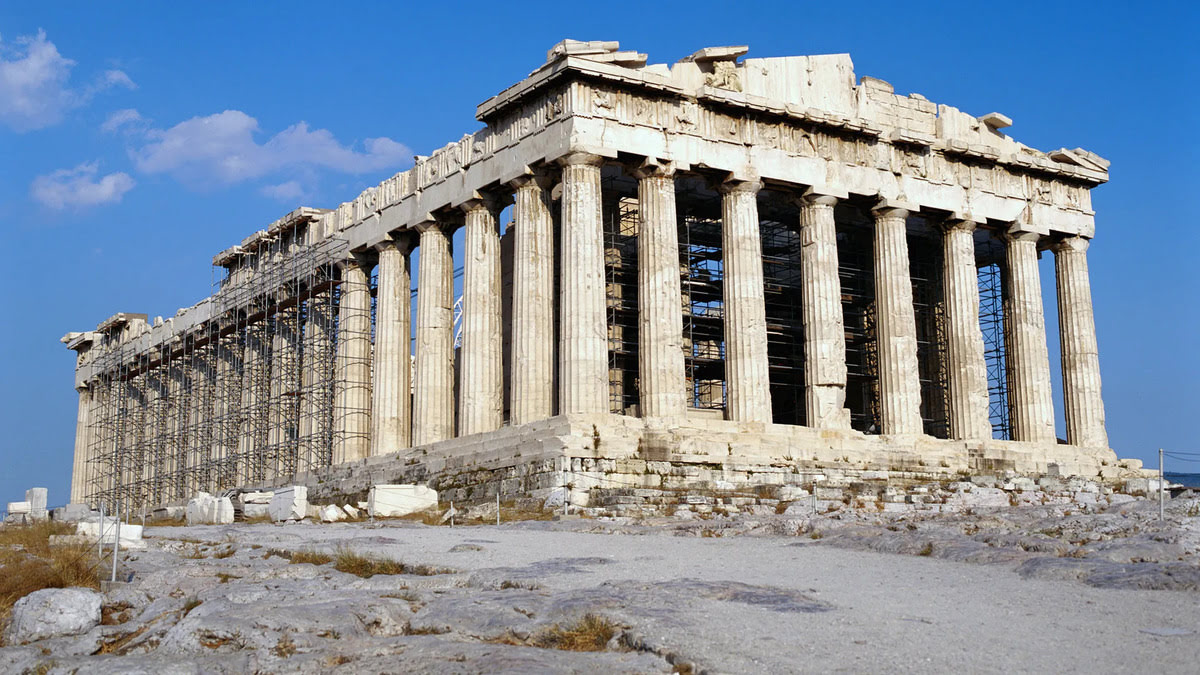
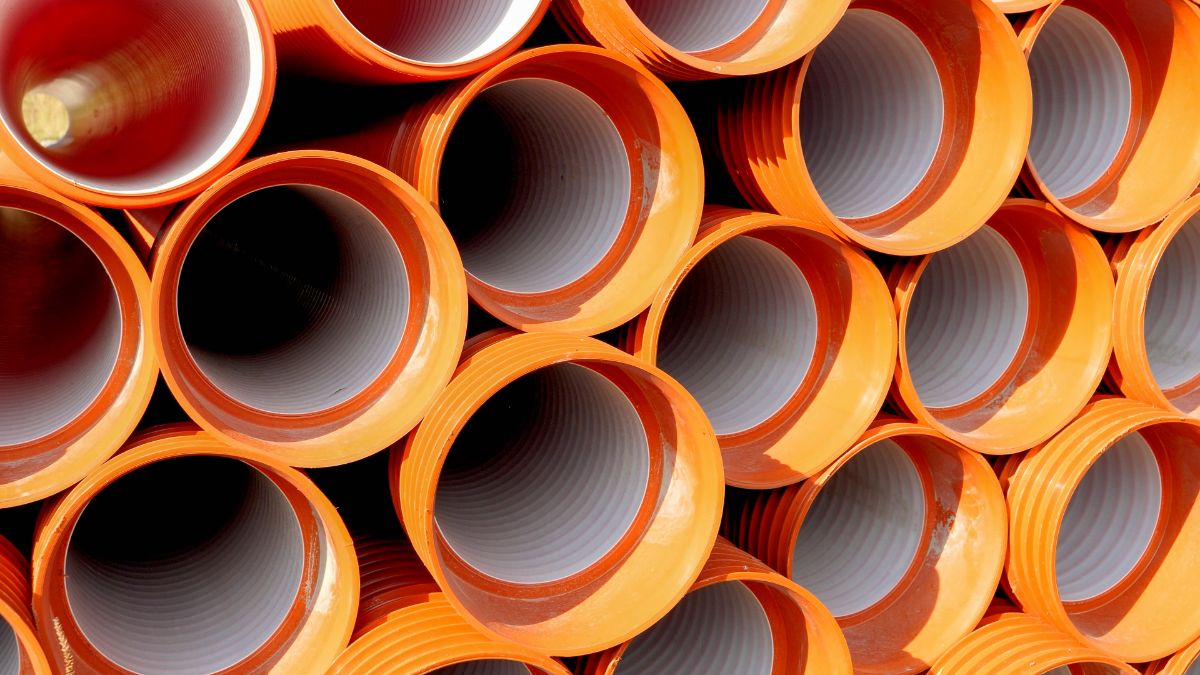
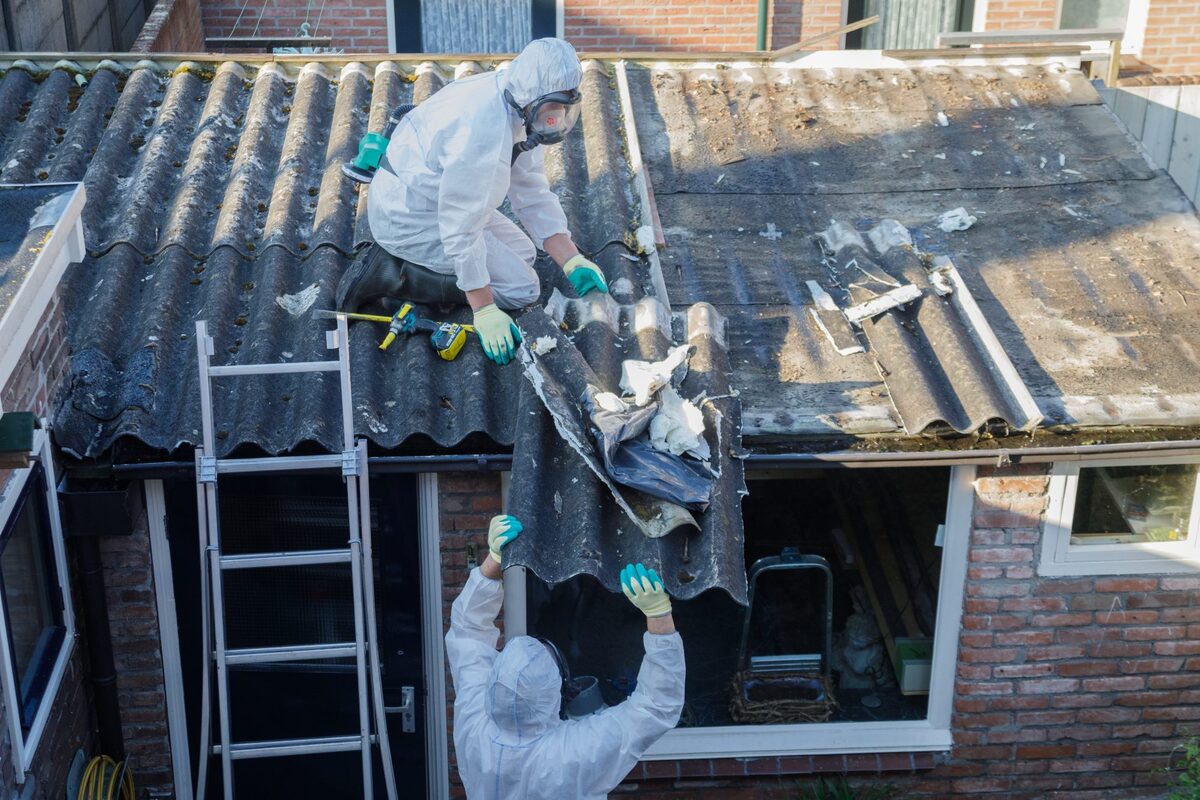

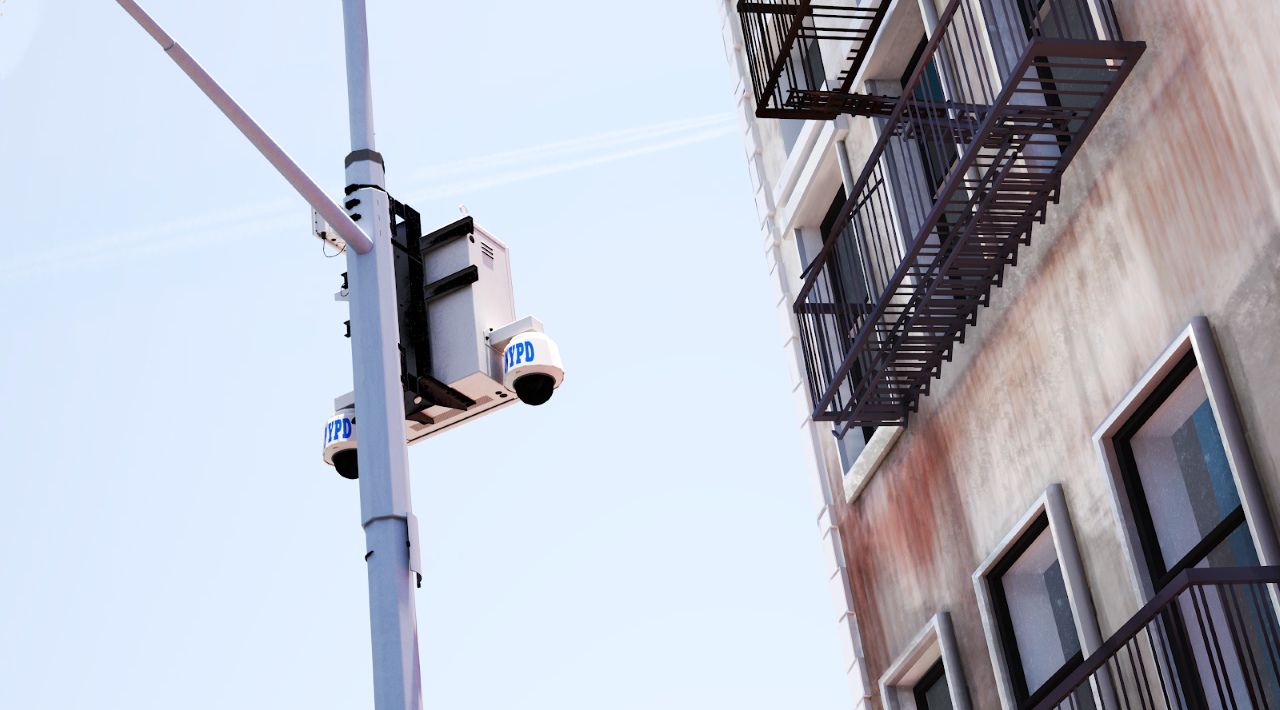
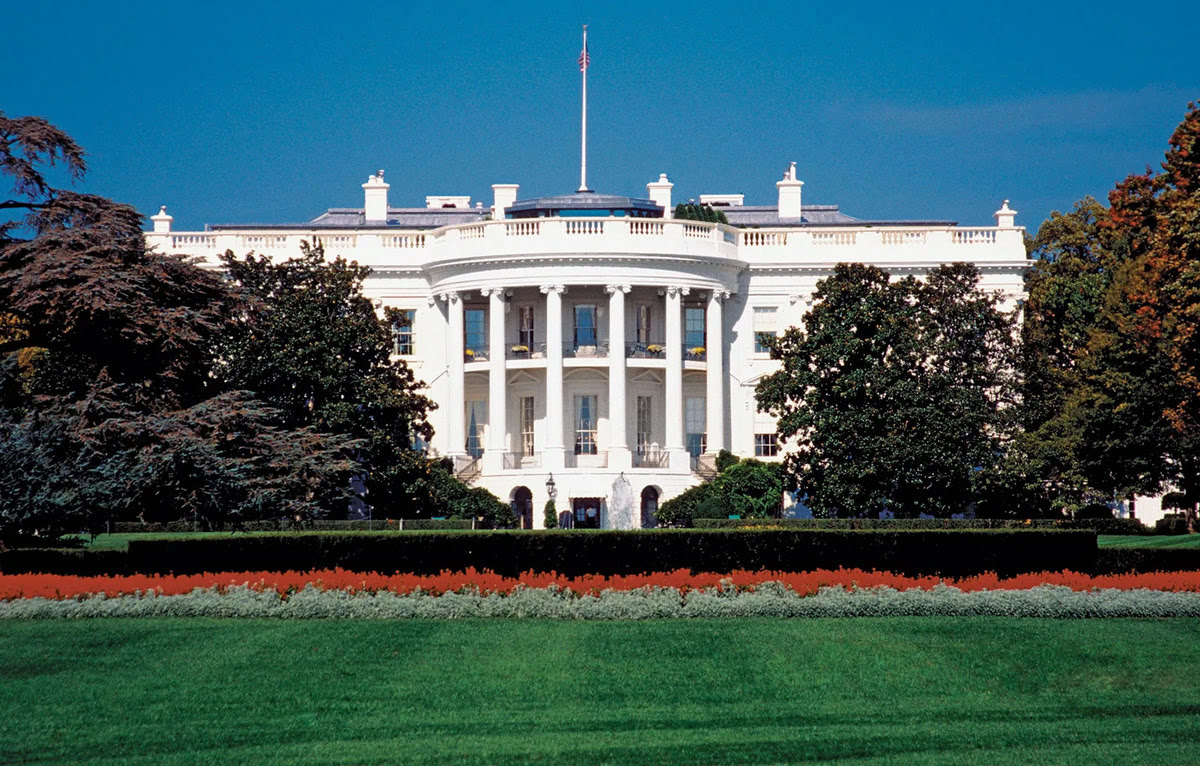
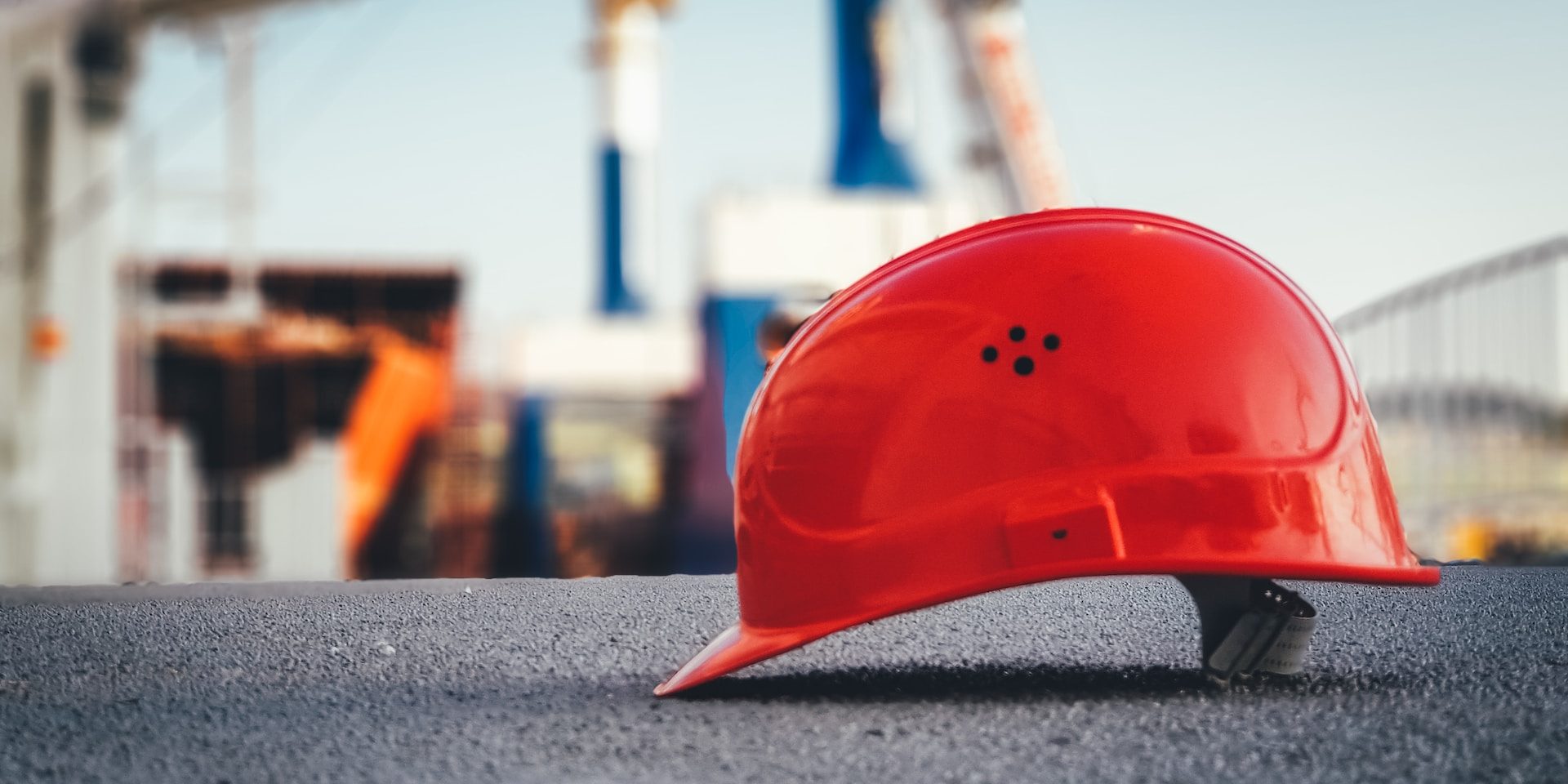

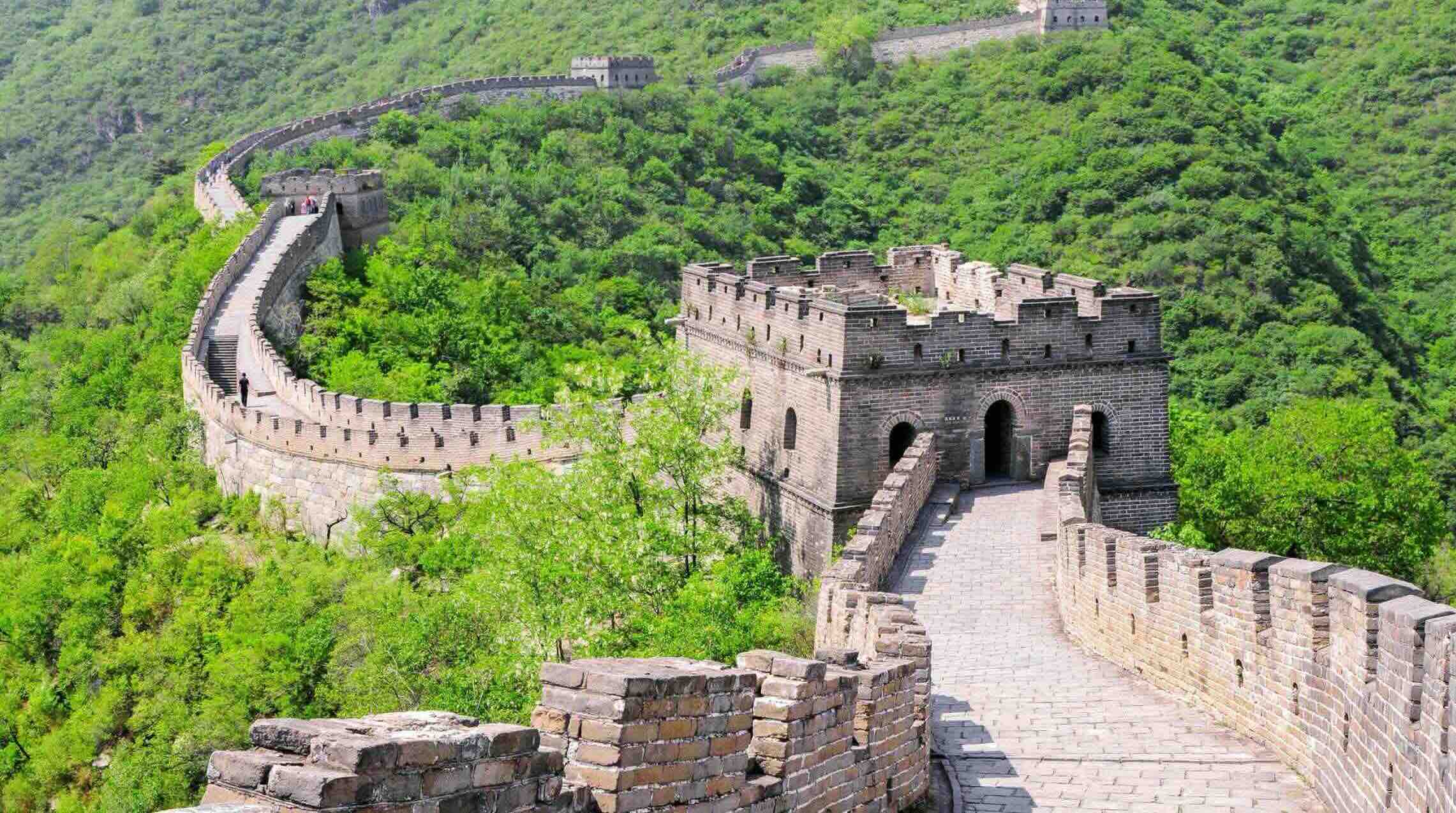
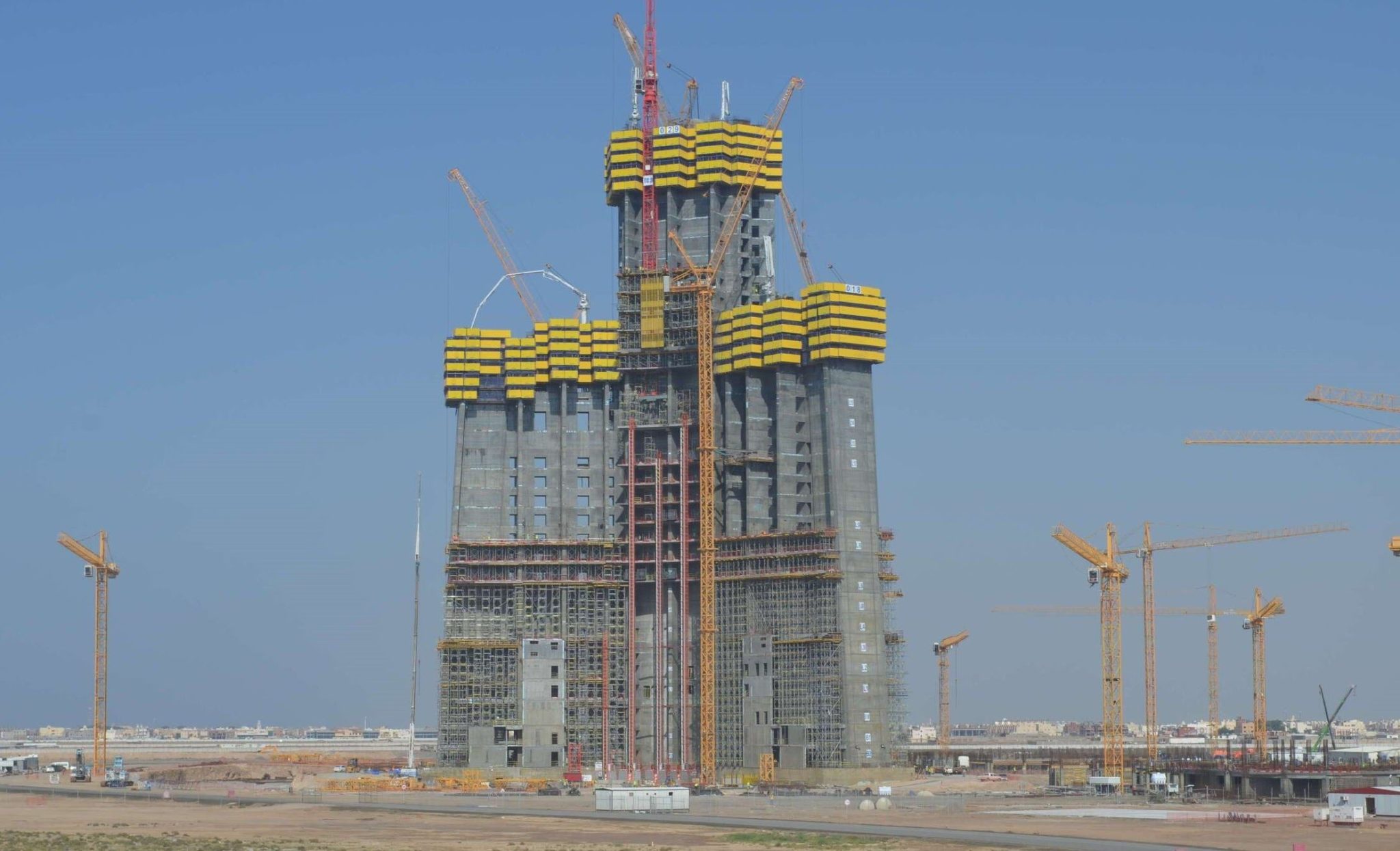

0 thoughts on “When Did The Construction On The Eiffel Tower Started?”